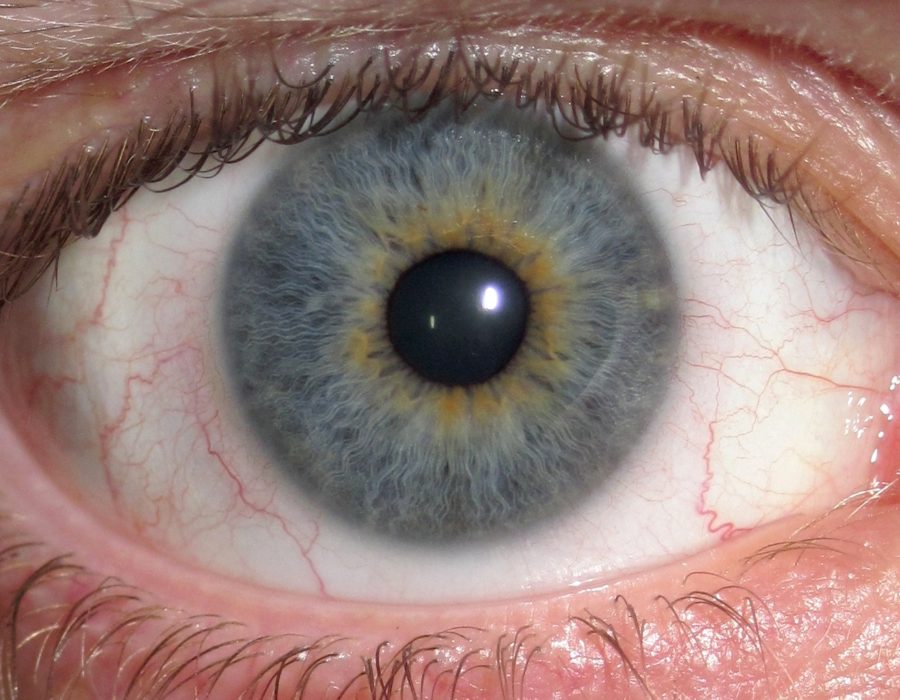Often patients will have problems appreciating colours and changes in contrast, difficulty with driving, reading and recognizing faces, and problems coping with glare from bright lights. Cataract is the most common cause of blindness worldwide and can only be treated with surgery. The procedure involves removal of the cloudy lens followed by insertion of a new lens into the eye. This new lens can be either single focus, where most people will still require reading glasses, or multifocal which gives both distance and reading vision.

What is a Cataract?
What are the benefits of cataract surgery?
The early symptoms of cataract may be subtle – you may notice that you need more light for reading or begin to struggle to drive at night. You may no longer feel like doing your favourite things because of blurred vision, even if you are still physically able. Vision loss has also been directly linked to depression and anxiety.
Three potential benefits of surgery beyond improving your vision:
Quality of life: Cataracts can prevent you from being able to do everyday tasks such as reading or driving. The majority of patients who undergo cataract surgery notice a significant improvement in the quality of life, in some patients it can be dramatic.
Decrease your risk of falls and fractures: As we age, falls become more dangerous. Vision loss is often a significant contributing factor. For those with severe cataracts, surgery can decrease the odds falling or fractures.
Improve your chances of living longer: A 2013 US study found an association between cataract surgery and longevity in elderly people. There was a 40 percent reduction in mortality risk for people who had had cataract surgery, in comparison with those that hadn’t. Simply put cataract surgery cataract surgery improves your odds of living longer.

